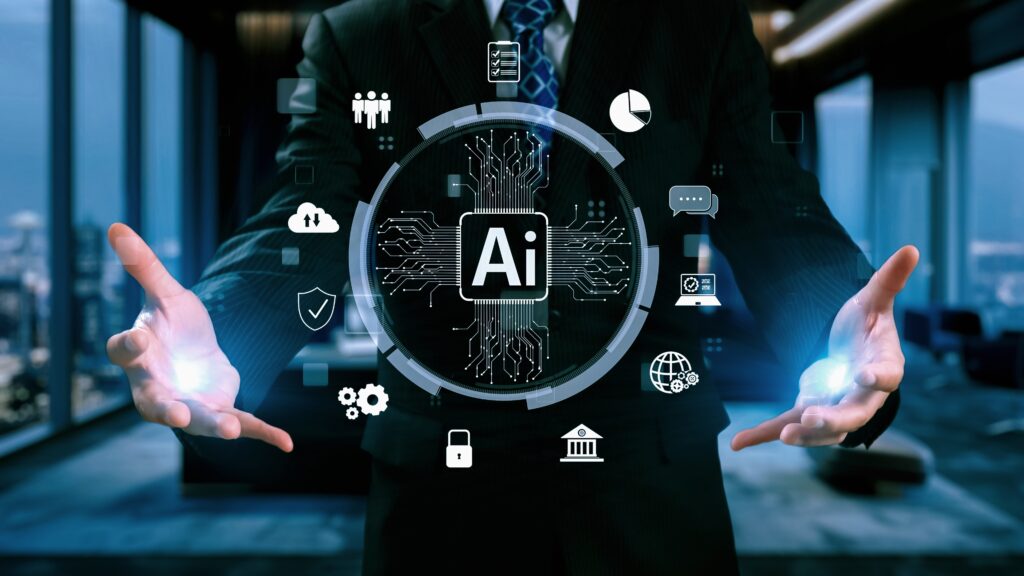AI-generated digital organs and humans are transforming clinical trials, reshaping medical research and treatment development.
Digital Twins: The New Frontier
A computer-generated heart beats like a human heart but has no blood or physical body. This “digital twin” heart tests cardiovascular devices like stents and prosthetic valves. Adsilico, the company behind this technology, creates multiple heart models using AI and large datasets.
These AI-generated hearts simulate differences in age, weight, gender, blood pressure, and ethnicity. Clinical trial data often ignores these variations, but digital twins fill this gap. Device manufacturers can now run more inclusive and representative trials. “This approach captures the full diversity of patient anatomies and physiological responses,” says Adsilico’s CEO, Sheena Macpherson. This process produces safer, more inclusive medical devices.
In 2018, a global investigation linked 83,000 deaths and 1.7 million injuries to medical devices. Macpherson hopes AI-powered digital twins can reduce these figures. “Safer devices require thorough testing, but clinical trials are costly,” she says. Virtual testing reduces costs and increases testing scope. “A single virtual heart can be tested under varying blood pressures or disease progressions,” she adds.
Digital twins allow manufacturers to test subgroups often underrepresented in trials, like women and marginalized communities. Adsilico’s AI models use cardiovascular data and MRI and CT scans from consenting patients. The data enables precise testing on diverse anatomies.
Testing involves inserting a virtual device into a digital twin heart within an AI simulation. Thousands of simulations can be run quickly, unlike human and animal trials, which involve hundreds of participants. This approach speeds up testing and increases analysis scope.
Cutting Costs and Boosting Success
Drug manufacturers also use digital twins. Sanofi, a leading pharmaceutical company, aims to reduce testing time by 20% and increase drug success rates. Sanofi creates AI-simulated patients from real people’s biological data. These virtual patients diversify trial populations, enhancing trial relevance.
Sanofi’s AI models simulate drug properties and predict how drugs will interact with human biology. The technology mimics real trial processes, offering early insights into drug performance. “With a 90% failure rate for new drugs, even a 10% increase in success could save $100 million,” says Matt Truppo, Sanofi’s head of research platforms. Truppo notes that AI-powered digital twins could tackle complex diseases.
However, digital twins have limitations. Charlie Paterson from PA Consulting warns that AI models are only as good as their training data. Many datasets are outdated or lack diversity, which could introduce biases into the simulations. To address this, Sanofi supplements its internal data with external sources like health records and biobanks.
Despite these challenges, Adsilico’s Macpherson hopes AI digital twins will eliminate the need for animal testing in clinical trials. “A virtual human heart is more realistic than those of dogs, cows, or pigs,” she says. This shift could lead to safer, more ethical medical research. With AI and digital twins, drug discovery and medical device testing become faster, safer, and more inclusive.


